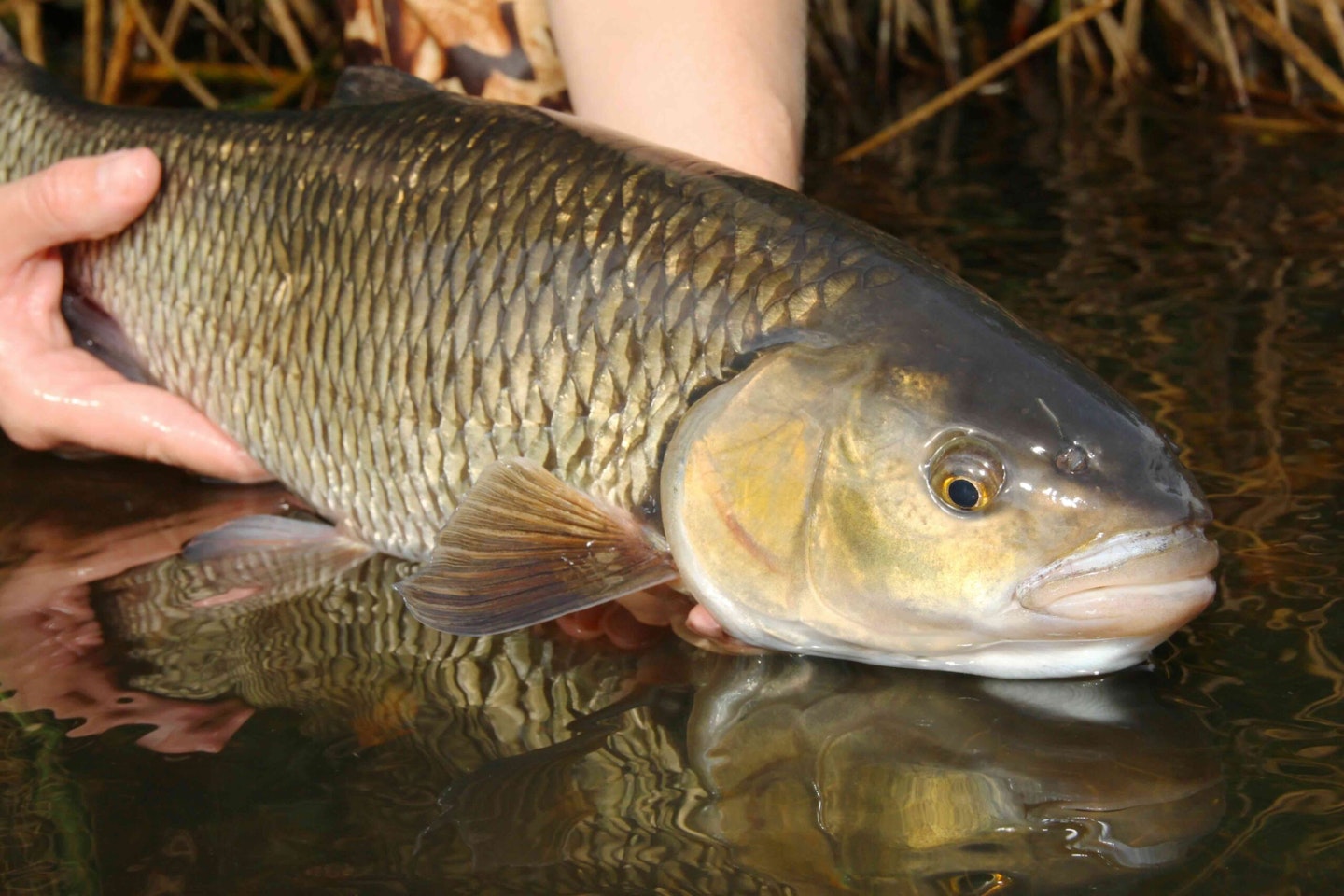There are 53 species of freshwater fish in the UK, but have you ever wondered where they came from and why they are found in some areas and not others?
The history of our freshwater fish owes as much to humans as it does to nature. Much of the natural distribution of our coarse fish species was established during the last Ice Age about 12,000 years ago.
For 100,000 years before this, the UK north of Carmarthenshire in the west to Yorkshire in the east was covered by glaciers. Even though the south of England was not covered in ice sheets, it was a vast area of tundra, similar to modern-day Greenland.
The frozen north
No fish could survive in the frozen north and it was only when the ice sheet began to recede that natural colonisation of fish could occur. With no freshwater link to the south, northern rivers and the lakes connected to them were colonised by fish that could swim into them from the sea. So salmon became common, along with eels and sticklebacks.
The latter mini species have a great tolerance for salt water, enabling them to live in inshore waters as well as inland. Rare Arctic char and whitefish, now only found in a few glacial lakes, arrived by the same route but, because these fish are cold-water specialists, as the UK slowly warmed their range became limited until now only remnant populations still exist.
HEAD TO ONE OF THESE GREAT VENUES FOR A PROLIFIC DAY ON THE BANK...
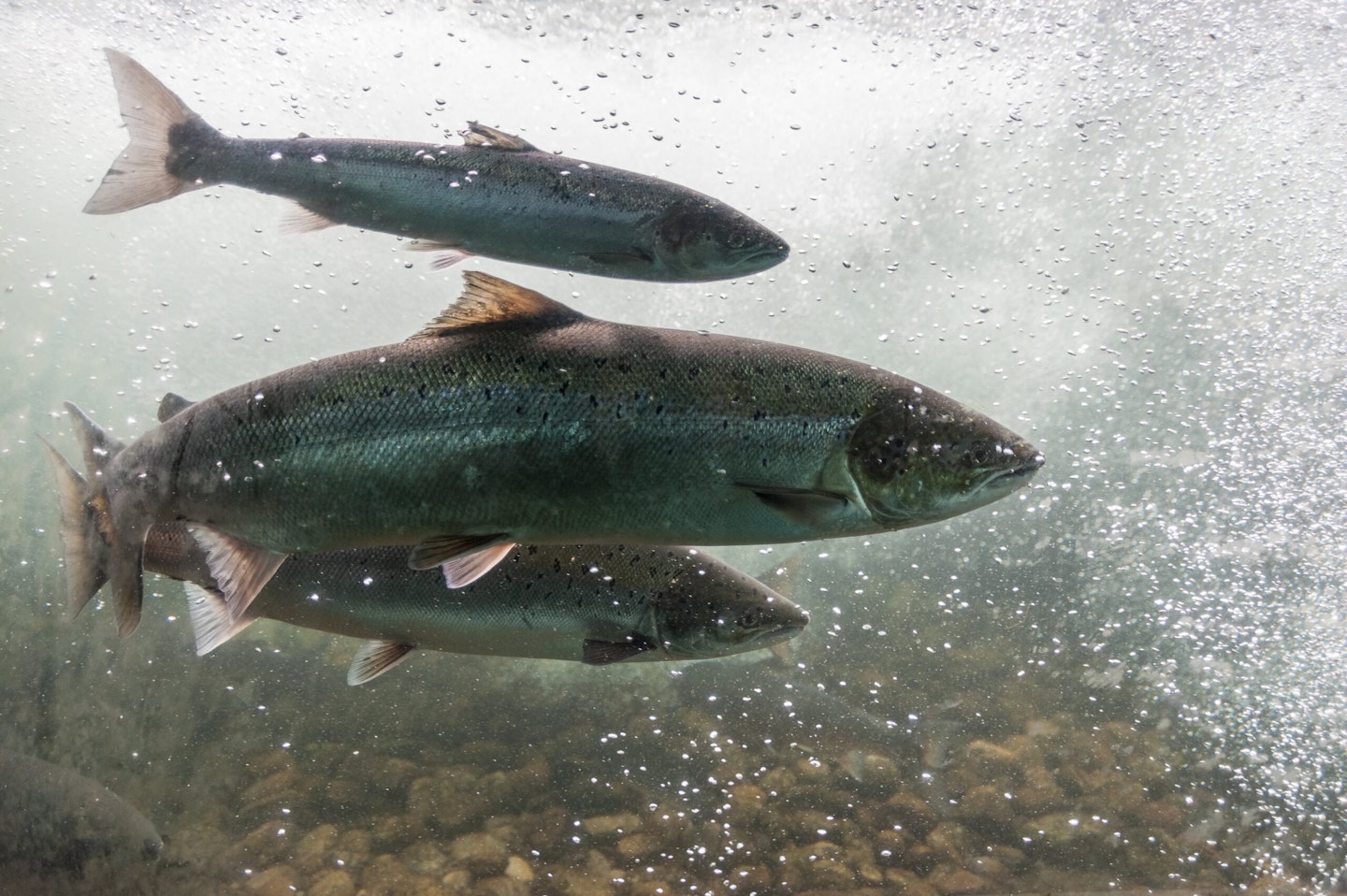
Colonising the south
Further south, especially in the east of England, the story was very different. With vast amounts of water locked in ice, the sea level at the end of the last Ice Age was far lower than it is today. In fact, the English Channel was dry land, and rivers from the south-east up to the Humber flowed into the River Danube, enabling many fish to colonise this part of the country.
The connection to mainland Europe explains why rivers flowing east tend to have richer native fish fauna than those flowing west, although many species have increased their range by natural redistribution, such as eggs being carried by birds, and stocking by humans. Barbel are a good example of a species that is thought to have originally been native to eastern rivers, yet is now much more widespread.
IF YOU HAVE NEVER CAUGHT A BARBEL, HERE IS A USEFUL BEGINNERS GUIDE TO HELP.
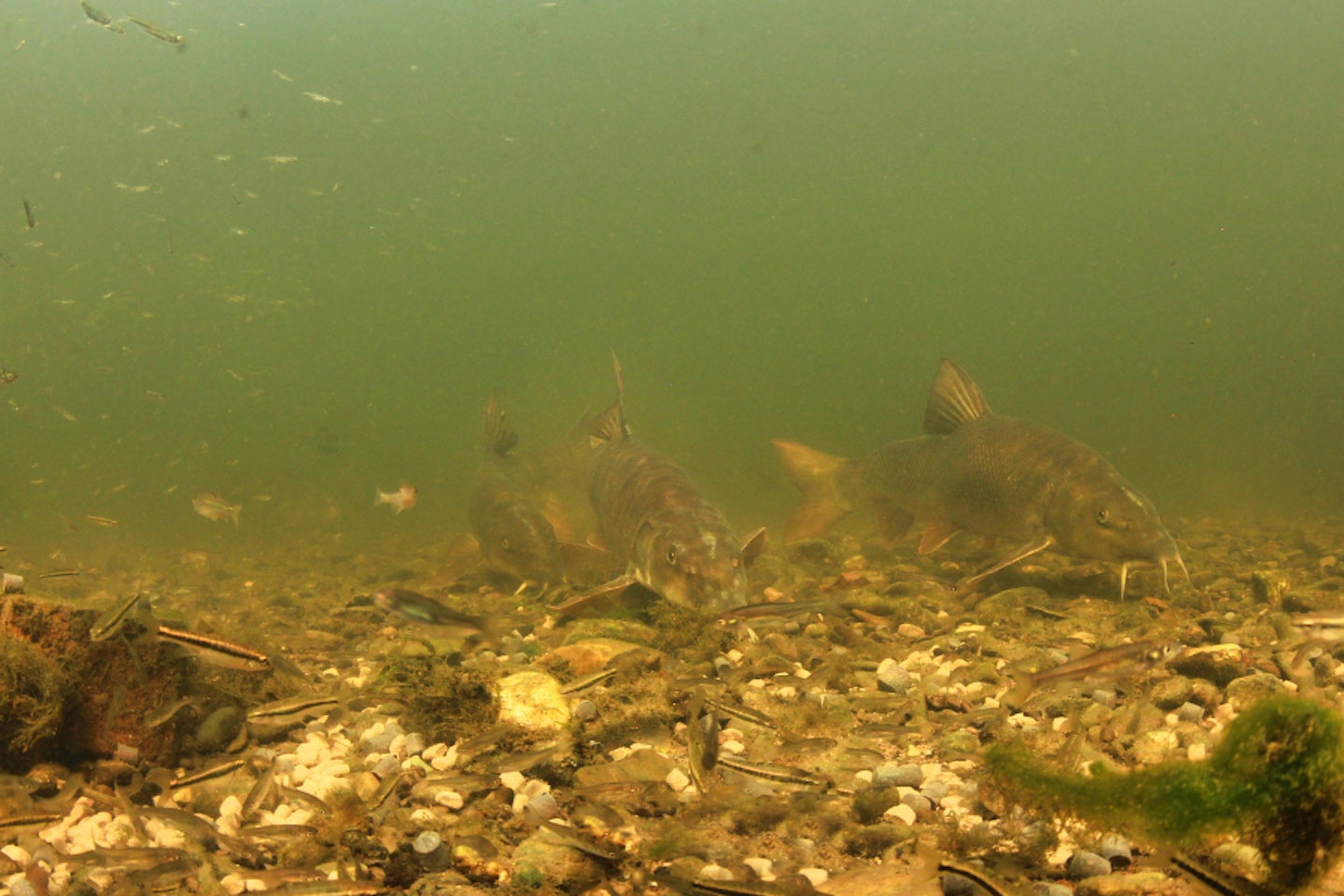
An important food source
Fish have been an important part of the diet of humans since we arrived in these islands in Mesolithic times. Archaeological sites often contain fish bones and scales, indicating which species were eaten. While salmon and trout were probably the most prized part of the menu, many other species were also eaten, and evidence of fish traps and nets dates back thousands of years.
Carp and crucians probably first reached the British Isles as food fish, brought over by Romans keen to have a taste of home during their occupation of the UK. Later, monks would also have brought carp to these shores and grown them in specially-built ponds.
Some escaped and colonised our rivers, but these ‘wild’ carp were only localised and eventually died out. It wasn’t until extensive stocking began, once carp breeding and farming had become established in the UK, that the species really took hold and became what it is today.
YOU CAN'T GO CARP FISHING WITHOUT ONE OF THE BEST FISHING BIVVIES!
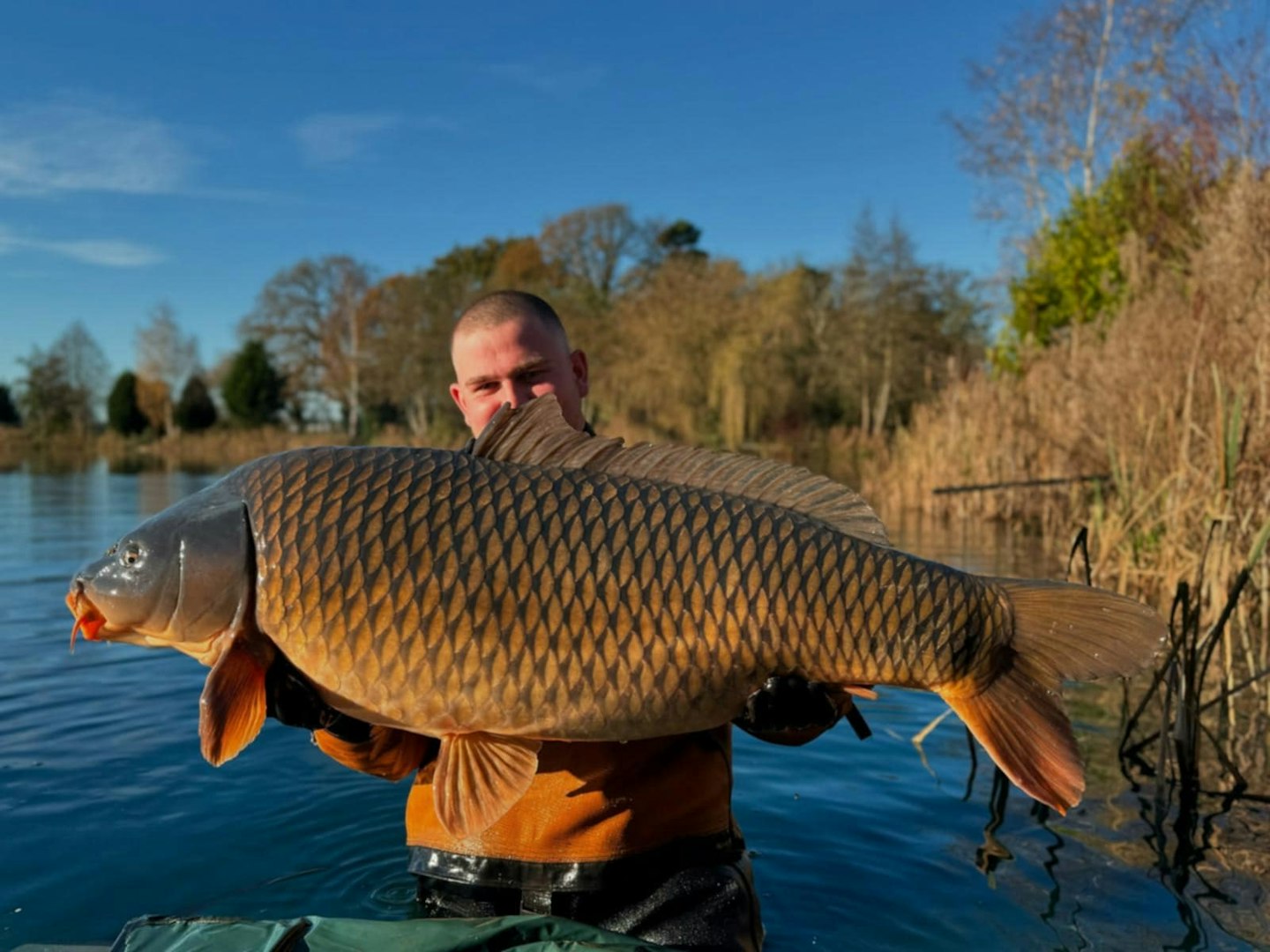
Human intervention
Humans have certainly had a massive impact on our freshwater fish. We’ve been building weirs and altering the course of rivers for more than 1,000 years, which has had a dramatic effect on the habitat available.
Over the last few hundred years, pollution, especially near industrial centres, has wiped out many fish populations. Today, run-off from farming, and chemicals highly toxic to the fish’s invertebrate food items, are major concerns. We can trace the spread of many fish to their status as sport fish. Perhaps the most successful has been the brown trout, which has spread right across the globe!
In many cases the minnow has followed suit, stocked as suitable food for growing big trout in otherwise less hospitable environments.
IF YOU WANT TO EXPLORE THE RIVER AND CATCH FISH, THIS ARTICLE WILL HELP YOU!

Less successful species
While many species have spread across the UK, some have been lost in relatively recent times, chief among which is perhaps the sturgeon. Once, these mighty fish could be found in all our major rivers in great numbers and, even as late as the beginning of the 19th Century, were frequent visitors. Today, they are extinct in British freshwater, due to a combination of many factors including overfishing, pollution and weir building.
The burbot, a member of the cod family, is another species that has died out in the UK, although it remains common in sub-Arctic rivers and lakes. It is believed that rising temperatures in the UK made conditions unsuitable for the species' survival.
THERE ARE SOME VERY RARE SPECIES STILL LEFT IN THE UK, TAKE A LOOK AT THEM HERE...
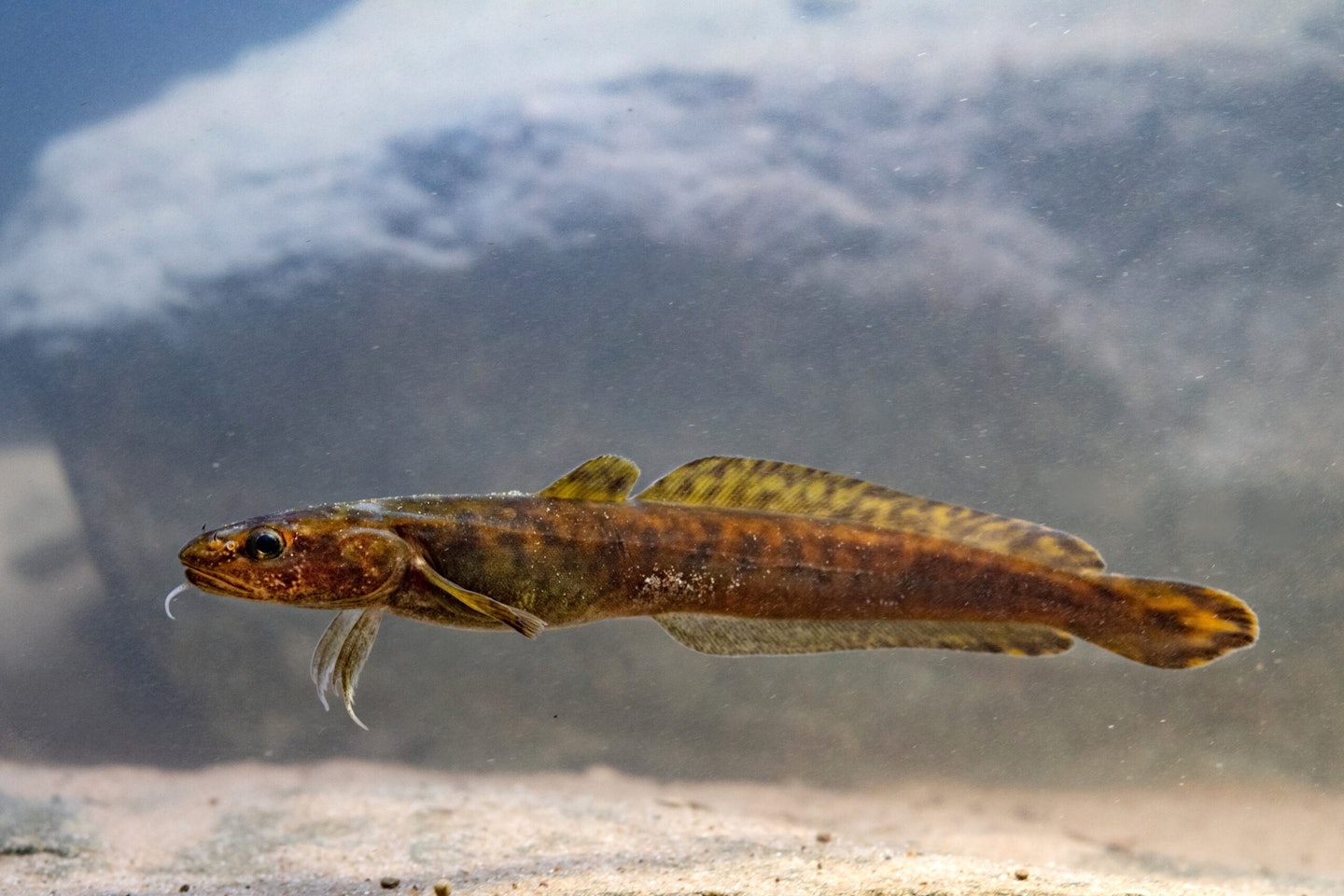
Today, most coarse fish species in the British Isles are relatively secure, with a wide enough distribution across various catchments to withstand localized extinctions. However, disease remains a significant threat, as demonstrated by the perch disease outbreak in the 1960s, which serves as a stark warning.
Even more critical is the need to maintain genetic diversity within fish populations. While a chub may be the same species regardless of location, over time, fish in different river systems have adapted slightly to their specific environments, improving their chances of survival.
Mixing different stocks can erode this genetic diversity, making fish populations more vulnerable to threats such as disease, habitat loss, or climate change.
